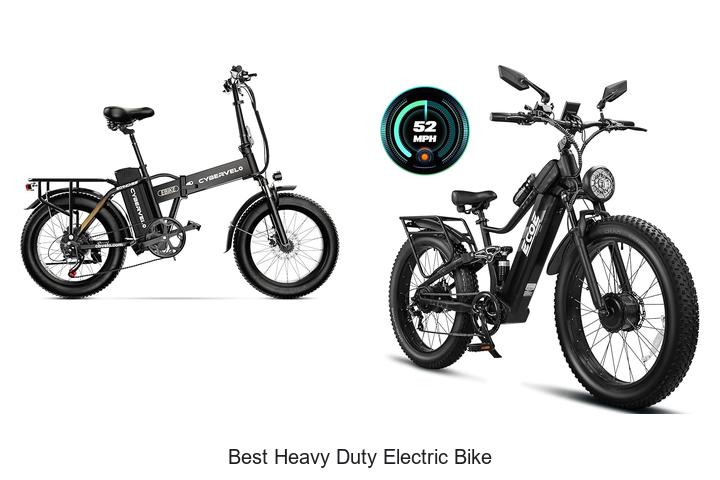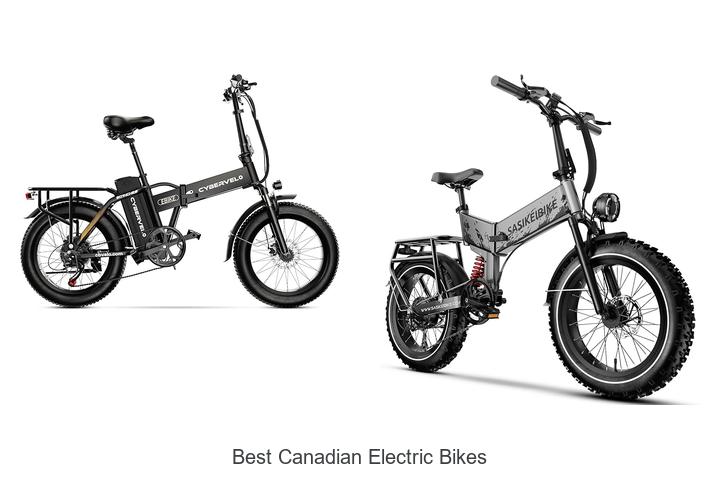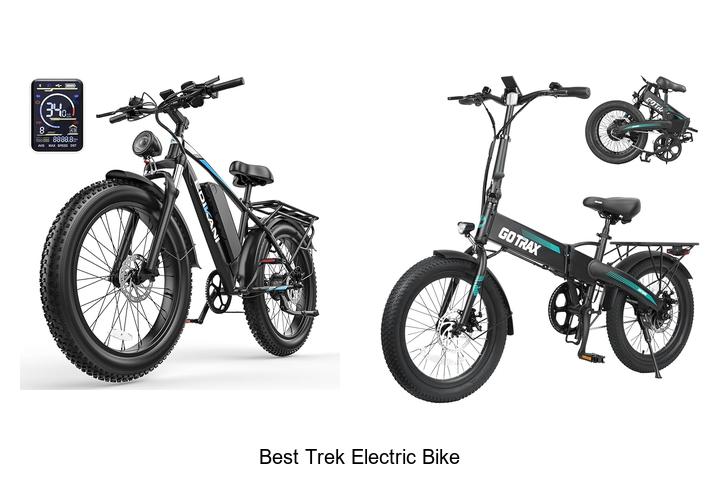Do You Need a License for an Electric Bike? Complete Guide
Electric bikes are gaining popularity as a convenient and eco-friendly way to get around. But before you hit the road, you might be wondering if you need a license to ride one. The rules can vary depending on where you live and the type of e-bike you have.
Understanding whether a license is required helps you stay compliant with local laws and avoid fines. It also ensures you’re riding safely and responsibly. Let’s explore what you need to know about licensing for electric bikes so you can enjoy your ride worry-free.
Understanding Electric Bike Regulations
Knowing how electric bikes are defined and classified helps you navigate licensing and legal requirements easily.
What Defines an Electric Bike?
An electric bike combines a traditional pedal-powered bicycle with an electric motor. The motor assists your pedaling up to a specific speed, usually 20 mph or 28 mph based on local laws. The power output of the motor typically remains under 750 watts to qualify as an electric bike rather than a motor vehicle. These limitations determine if the bike requires a license, registration, or special insurance.
Types of Electric Bikes and Their Classes
Electric bikes fall into three main classes that impact licensing rules:
- Class 1: Pedal-assist bikes that only provide motor assistance when you pedal and cut off at 20 mph.
- Class 2: Bikes with a throttle that can engage the motor without pedaling, capped at 20 mph.
- Class 3: Pedal-assist bikes with motor assistance up to 28 mph but often restricted from bike paths.
Your local regulations might require a license or helmet for Class 3 but not for Class 1 or 2. Understanding these classes simplifies compliance and helps ensure your electric bike use aligns with the law.
Licensing Requirements for Electric Bikes
Licensing requirements for electric bikes depend on local laws and the e-bike’s classification. Knowing these rules helps you comply with regulations and ride safely.
Do You Need a License for an Electric Bike?
You generally don’t need a license for Class 1 and Class 2 e-bikes, which assist up to 20 mph. Class 3 e-bikes, assisting up to 28 mph, may require a driver’s license in some states due to their higher speed capabilities. For example, California mandates a valid driver’s license for Class 3 e-bike riders. Always check your state’s DMV or local transportation authority for precise licensing rules.
How Licensing Rules Vary by Location
Licensing laws for e-bikes differ widely across states and countries. Some areas treat e-bikes like regular bicycles, requiring no license or registration. Others categorize faster e-bikes as mopeds or motor vehicles, demanding licenses, registration, and insurance. For instance, New York requires a motor vehicle license for e-bikes that exceed 20 mph, while Texas exempts most e-bikes from licensing. Internationally, countries like Germany require a license and registration for e-bikes with motors above 250 watts or speeds over 15.5 mph.
| Location | Licensing Requirement | Notes |
|---|---|---|
| California, US | Driver’s license for Class 3 e-bikes | No license for Class 1 & 2 |
| New York, US | License required for e-bikes over 20 mph | Regulations similar to mopeds |
| Texas, US | No license for most e-bikes | Less restrictive e-bike laws |
| Germany | License & registration for powerful e-bikes | Motor over 250W or speeds over 15.5 mph |
Age Restrictions and Other Legal Considerations
E-bike laws often set minimum age limits. Many states require riders of Class 3 e-bikes to be at least 16 years old. Helmet use is mandatory for younger riders in several regions, and some places impose additional rules like restricted access to bike paths or roads for faster classes. For example, Florida stipulates helmets for riders under 16 on any e-bike, while Illinois requires helmets for all e-bike users regardless of age. Be sure to verify age and safety equipment laws before riding.
Registration and Insurance
Understanding registration and insurance requirements for electric bikes helps you comply with laws and avoid penalties. These rules depend on your e-bike class, speed, and local regulations.
When Is Registration Required?
Registration applies primarily if your e-bike exceeds certain speed or power limits. For example, if your e-bike operates faster than 20 mph or has a motor above 750 watts, many states classify it as a moped or motor vehicle. In such cases, you must register it with your local DMV or transportation authority. States like New York and California require registration for Class 3 e-bikes or faster models. Otherwise, most Class 1 and 2 e-bikes don’t require registration and are treated like traditional bicycles.
Insurance Requirements for Electric Bikes
Insurance is usually not mandatory for standard e-bikes classified as bicycles. If your e-bike matches moped or motor vehicle criteria, liability insurance may be required. Some states insist on insurance for faster or more powerful e-bikes to cover accidents or damages. Even when insurance isn’t legally required, carrying liability coverage protects you financially in case of collisions or property damage. Check your state’s laws and your insurance provider to determine your coverage options and requirements.
Safety and Legal Responsibilities
You must follow safety and legal responsibilities to ensure your electric bike experience stays secure and compliant. Understanding helmet laws and traffic rules improves your safety and helps avoid penalties.
Helmet Laws and Safety Gear
Helmet laws vary by state and electric bike class. You must wear a helmet if you ride a Class 3 e-bike in most states, as these often have stricter safety requirements. Many states also require helmets for riders under 18, regardless of e-bike class. Using additional safety gear such as gloves, reflective clothing, and lights increases visibility and protection. Investing in quality safety equipment minimizes injury risk in case of accidents.
Traffic Rules for Electric Bike Riders
You must obey the same traffic laws that apply to traditional bicycles, such as riding in bike lanes, signaling turns, and following traffic signals. You cannot ride on sidewalks in some jurisdictions, especially when on faster Class 3 e-bikes. Using bike lanes is mandatory where provided unless local laws specify otherwise. You must yield to pedestrians and exercise caution at intersections and crosswalks. Following traffic rules reduces accident risk and helps you ride confidently on public roads.
How to Obtain a License If Needed
Knowing how to obtain a license ensures you’re legally compliant when your electric bike requires one. The process involves specific steps and associated costs depending on your location and e-bike classification.
Steps to Get Licensed for an Electric Bike
Follow these steps to secure a license for your electric bike if local laws mandate it:
- Check Local DMV Requirements: Review state or local Department of Motor Vehicles (DMV) guidelines for e-bike classifications that need licensing. States like California and New York provide detailed regulations online.
- Complete a Driver’s Education Course: Enroll in and complete any required driver education or safety courses, especially if you lack a standard driver’s license. These courses often cover motor vehicle operation and safety rules relevant to e-bike use.
- Pass Written Knowledge Test: Take the written exam testing your understanding of traffic laws, e-bike classifications, and safety practices. This test typically quizzes on speed limits, right-of-way rules, and equipment requirements.
- Pass Practical Riding Test: Complete a road skills or practical riding test demonstrating your ability to operate the electric bike safely under real-world conditions.
- Submit Documentation and Fees: Provide necessary identification, proof of completion of courses, and any vehicle documentation. Submit these with the required licensing fees to the DMV or licensing authority.
Costs and Testing Requirements
Understand the expenses and tests involved before applying for an electric bike license:
| Requirement | Typical Cost Range | Details |
|---|---|---|
| License Application Fee | $10 – $50 | Varies by state; some waive fees for specific age groups. |
| Driver Education Course | $30 – $150 | May be mandatory if you don’t have a regular driver’s license. |
| Written Knowledge Test | Often included in application fee | Covers traffic laws and e-bike regulations. |
| Practical Riding Test | Usually included | Assesses safe operation; some states may waive for existing licenses. |
| Vehicle Registration Fee | $20 – $100 (if required) | Applies if e-bike qualifies as a motor vehicle or moped. |
Test requirements may differ depending on your state and e-bike classification. For example, Class 3 e-bikes often fall under moped regulations, requiring both tests and registration. Always verify exact procedures with your local DMV before beginning the licensing process.
Conclusion
Navigating e-bike licensing rules can seem tricky but knowing where you stand helps you ride with confidence. Whether you need a license depends largely on your e-bike’s class and local laws. Staying informed ensures you’re following regulations and enjoying your ride safely.
Always check your state or country’s specific requirements before hitting the road. This way you avoid fines and focus on the fun and freedom that electric biking offers. With the right knowledge, you’re ready to make the most of your e-bike experience.



